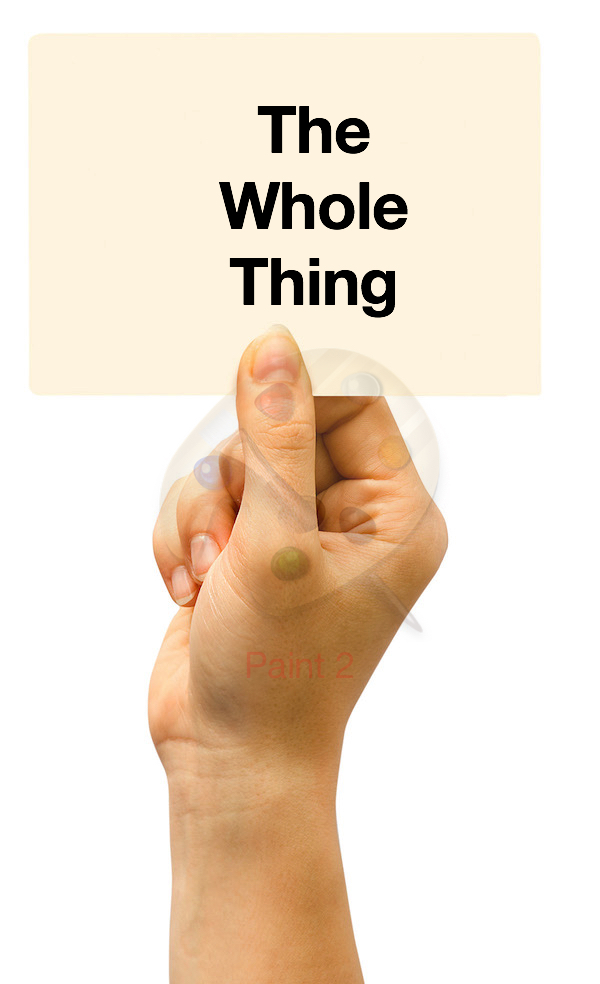
Holding the Whole Thing
 About midway through my first draft, I became intimate with a hurdle I posit is probably specific to the novelist. How could I hold the entirety of my novel—of the world I was creating—in my mind?
About midway through my first draft, I became intimate with a hurdle I posit is probably specific to the novelist. How could I hold the entirety of my novel—of the world I was creating—in my mind?
In Telling Lies for Fun and Profit, Block addresses this issue as one that stops many would-be novelists in their tracks. He immediately reassures the prospective writer that it shouldn’t be a prohibitive concern. No one, Block says, can mentally grasp the entirety of their novel-in-progress.
There are two potential solutions for the obvious need to understand the breadth of the work even while you are mired in the minutia of a particular scene, paragraph, or line of dialogue. Every scene should be informed by the thrust of the whole, after all. We have to be merciless in cutting what doesn’t serve the entire book.
Block says the first way of guaranteeing that this continuity happens, is to make yourself a roadmap. (The Agile Writer’s Storyboard is an excellent solution to this problem.) Alternatively, and from my initial vantage point paradoxically, Block posits that you could write without an outline—writing quickly and from your gut, letting the work lead you organically. Follow your own creative nose wherever it leads.
The classic Plotters vs. Pantsers debate. I have explored this dichotomy in other blog posts, so I won’t revisit it here, except to say that I think both approaches have merit, and the guiding principal in deciding what approach to use should be the most practical one—which one works for you, for your current book?
I’d like to explore some other ways in which I think the author can ensure their connection to the overarching thrust of their work, the taproot of this tangle of narrative.
A very famous quote by Mark Twain came to mind when I was mulling over this issue, “If you tell the truth, you don’t have to remember anything.”
If you tell the truth. What does Twain mean by truth? Fiction is hardly factual. But, is there a deeper kind of truth to be adhered to in a novel? One that could help maintain continuity throughout the story? In other words, if I—as the writer—have an emotional impression of each character, if I understand my character’s truths, would that be enough for me to intuit their motivations and continuously write them in a compelling and believable way? Even if I couldn’t remember every detail of each of their appearances “on screen” by the time I reached the end?
I think so.
I think there is another, simpler, and more pragmatic way to get around this problem too. I have a hunch that what I really need to do to ensure the continuity of my manuscript is read it cover to cover. Radical, I know.
It sounds strange to imply that I haven’t read my own work. I have, in a way. I mean, I reread everything I write during the process of writing. And now that I am in the thick of my second draft, I have literally reread more than half of the book.
But not all at once.
Even my critique partners, whose feedback is invaluable and thorough, have not seen the whole of my manuscript at once, with the ability to read it at a more natural pace. They only get weekly splices. Which isn’t sufficient to know how well I am pacing the book. It’s not adequate for detecting inconsistencies or redundancies either, especially if they are spread out.
What do you think, Agile Writers? Is there a truth or truths that keep you on track in your novel? Have you read the whole thing through?